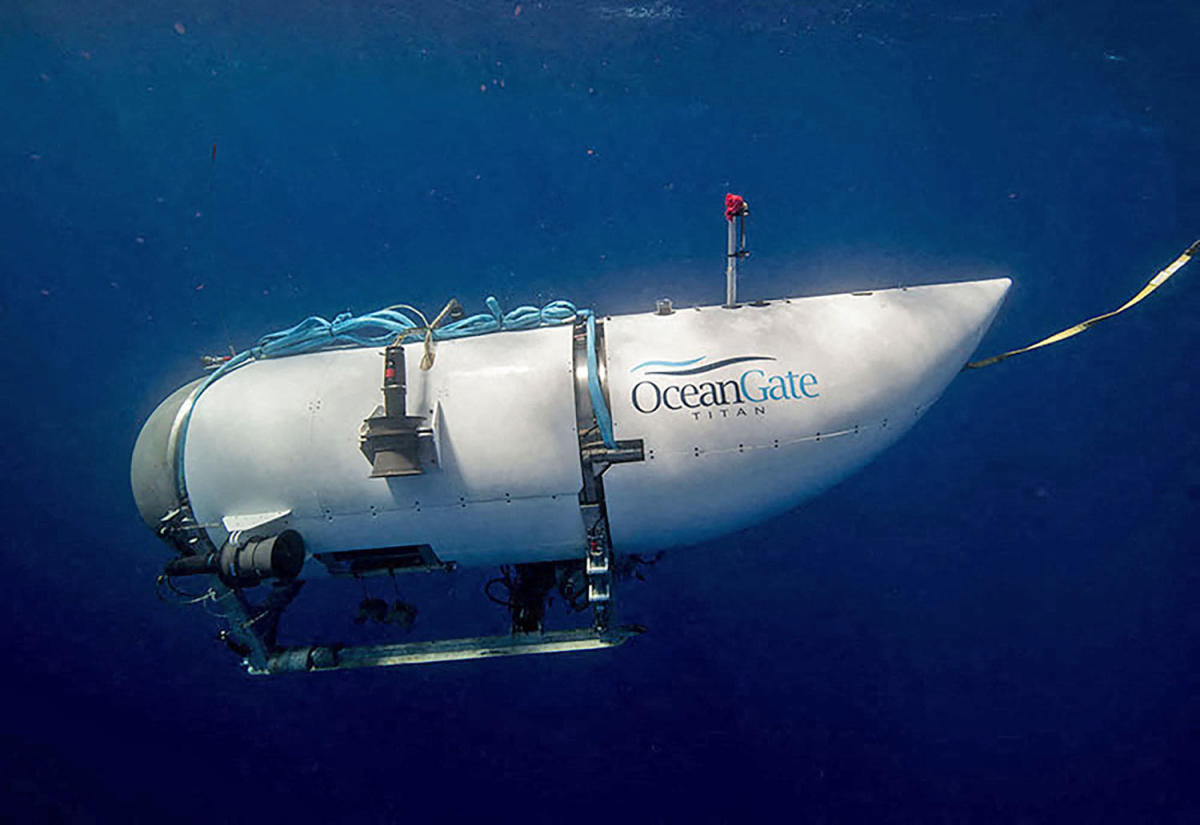On Sept. 25, the day before Helene made landfall near Perry, Fla., as a Category 4 hurricane packing 140 mph winds, the National Oceanic Atmospheric Administration (NOAA) issued a dire plea to the nation’s media outlets.
“We urge the news media to continue focusing the public’s attention on the major impacts from inland flooding expected along the path of Helene well after landfall,” the agency said on its website.
Unlike hurricanes that might ravage a coastline, push a few miles inland and eventually dissipate, Helene, in part because of its sheer size and the speed with which it was traveling north, was setting up differently.
“It didn’t have as much time to weaken as a slower-moving storm might have once it moved away from the record warm Gulf of Mexico,” UCLA climate scientist Daniel Swain told Yahoo News.
The hurricane also arrived at a particularly dangerous moment for some parts of the region. The two days last week that preceded Helene’s arrival, Asheville set back-to-back daily rainfall records.
“Recent rainfall in these areas, especially the southern Appalachians, have left the grounds saturated and the river tributaries running high. Additional rainfall from Helene will exacerbate the existing flood risk,” the NOAA’s prescient alert stated. “Extreme rainfall rates (i.e., torrential downpour) across the mountainous terrain of the southern Appalachians will likely inundate communities in its path with flash floods, landslides, and cause extensive river and stream flooding.”
For many North Carolina residents, Helene completely caught them off guard, dumpling more than 2 feet of rain in 24 hours in some locations, washing away homes, turning highways into rivers, pushing dams to the brink, killing dozens and leaving towns underwater.
“It feels like we’re in a movie — like the ‘Twisters’ movie after a tornado,” Alyssa Melton, 24, a part-time student, told the Assembly. “People are walking around covered in mud without shoes. They’re in shock.”
Climate change connections
A stop sign can be barely seen above a flooded parking lot after torrential rain from Hurricane Helene caused severe flooding in Morganton, N.C., on Saturday. (Kathy Kmonicek/AP)
While there is little evidence to suggest that rising global temperatures caused by the burning of fossil fuels are causing more hurricanes each year, there’s plenty to show that warmer oceans and air temperatures are resulting in hurricanes dumping more rain, ramping up quicker into monster storms and becoming more destructive overall.
"We can't talk about Hurricane Helene without talking about climate change, which is causing stronger and more destructive storms," Michael Mann, a climate scientist at the University of Pennsylvania, told ABC News, adding, "Helene is a poster-child for the ways that human-caused climate change is amplifying the coastal threat from intensified hurricanes combined with rising sea levels."
While hurricanes are nothing new, the swift rise in the amount of greenhouse gases in the atmosphere is changing their impact. For every degree Celsius of temperature rise, 7% more moisture is added to the Earth’s atmosphere due to an increase in evaporation rates. When conditions are right, extreme precipitation events are unleashed, and that’s not just the case during hurricanes.
“The water vapor holding capacity of the atmosphere increases exponentially as it gets warmer and that raises the ceiling on how intense precipitation can become,” Swain said. “It doesn’t mean it rains more all the time everywhere, but it specifically does mean that when it does rain, it pours.”
The future of hurricanes
Debris floats in Lake Lure in North Carolina after Hurricane Helene on Sunday. (Charlotte, N.C., City Councilman Tariq Bokhari /via Reuters)
Because mankind continues to add greenhouse gas emissions into the atmosphere, global temperatures will continue to rise and climate change threats will worsen, all credible research shows.
For hurricanes, that means an increased likelihood of strong storms like 2017’s Hurricane Harvey, which came ashore as a Category 4 storm before being downgraded to a tropical storm that parked itself over the Houston area, dumping a record 60 inches of rain.
It could also mean that the mountains of North Carolina may see more devastation in the years ahead.
“It is also going to be a problem, maybe less frequently but no less extremely if you will, farther inland, in northerly places that don’t tend to see tropical rain events as often,” Swain said. “It can happen, and when it does, that’s going to be a problem.”

 German (DE)
German (DE)  English (US)
English (US)  Spanish (ES)
Spanish (ES)  French (FR)
French (FR)  Hindi (IN)
Hindi (IN)  Italian (IT)
Italian (IT)  Russian (RU)
Russian (RU)  2 hours ago
2 hours ago
























Comments